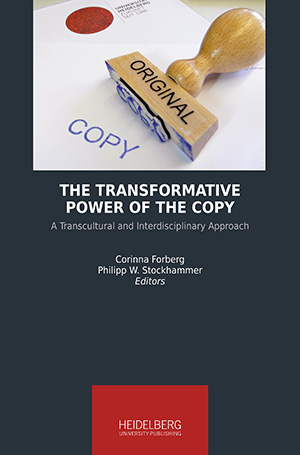How to Cite
License (Chapter)

This work is licensed under a Creative Commons Attribution-ShareAlike 4.0 International License.
Identifiers (Book)
Published
The Power of Material and Context: Large-Scale Copies After the Antique in the Late Eighteenth Century
Abstract Since the Renaissance, plaster casts of ancient statues have been, in a certain sense, the archetypes of artistic serial production: as such, they are copies par excellence. Their use and distribution underwent several surges in popularity over time, a fact that throws important light on their valuation as “copies” in the different regional and temporal contexts. In the short period between the middle and end of the eighteenth century, in the German-speaking world, a fundamental shift in the distribution and accessibility of large-scale ancient sculptures took place. Plaster casts, which had become available in previously unimagined quantities after the Seven Years’ War ended in 1763, played a central role in this shift. To display works in the open air, durable materials—such as papier mâché, terracotta, iron, so-called “firm earth,” and stone, which were praised for being cheap and permanent—were needed. The technical possibilities and the materials used were the subject of a discourse which reflected on the effects of the industrial revolution. Through the division of labour, manufacturing and craft production—rather than the artist—came to the fore. In the evaluations during the period, the production technique itself, rather than the artistic achievement of a single person, gained importance. This paper is devoted to exploring these large casts and copied statues, the size of which was comparable to their ancient models, and to the question of how materials and production techniques, as well as the context of use, define both their status as “copies” and their influence on the reception of ancient sculpture in this era.
Keywords Plaster casts, cast iron, Toreutica, Wörlitz, central Germany, eighteenth century






